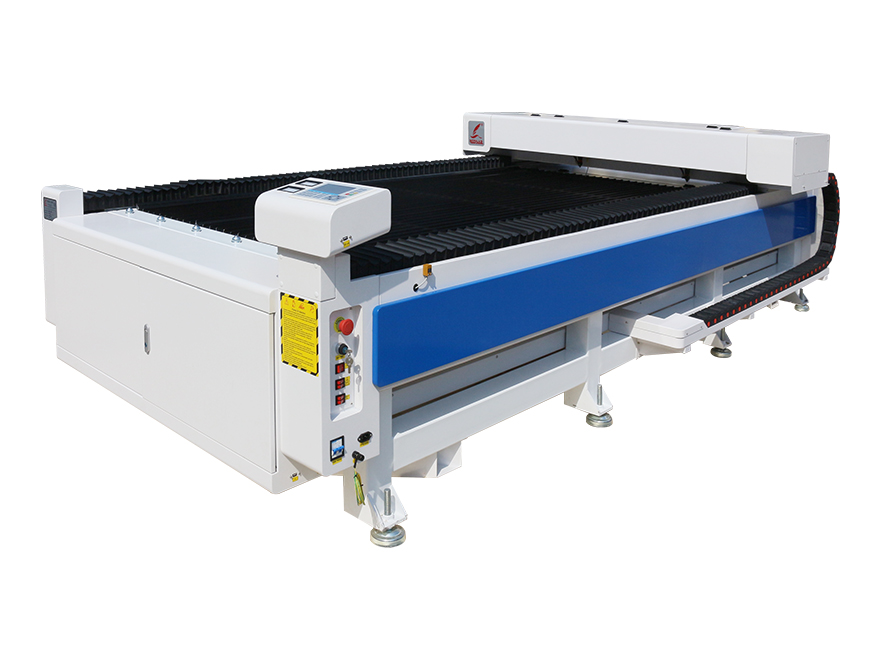Can Laser Cuts Transform Woodworking? Exploring the Potential of Laser Technology in Wood Craftsmanship
Introduction
Woodworking has been an elaborate craft that has withstood the test of time. From handmade furniture to intricate carvings, woodworking has continued to captivate artisans and enthusiasts alike. However, with the advent of laser technology, woodworking is now undergoing a transformative phase. The precision and efficiency of laser cuts have created new possibilities for wood craftsmanship, enabling artisans to achieve previously unimaginable precision, complexity, and customization that were once only achievable through laborious manual techniques.
How Does Laser Technology Work in Woodworking?
Laser technology involves the use of highly focused beams of light that rapidly heat and vaporize the material they come into contact with. In woodworking, this technology is utilized to cut, engrave, etch, and mark wooden surfaces. The process involves passing the laser beam through a lens with a high focal length, which enables a concentrated and accurate cut.
Laser cutting machines can be programmed to follow intricate patterns and designs, allowing artisans to create designs with intricate details and complex shapes that were previously challenging or impossible to achieve manually. This level of precision and versatility has made laser cutting a game-changer for craftsmen in the woodworking industry.
The Advantages of Laser Cuts in Woodworking
1. Precision: The accuracy of laser cuts is unparalleled. It enables artisans to create intricate designs with high precision, ensuring a flawless finish.
2. Speed: Laser cutting machines can efficiently complete complex cuts in a fraction of the time it would take using traditional woodworking techniques.
3. Versatility: Laser technology allows craftsmen to work with a wide range of materials, from hardwood to delicate veneers.
4. Customization: With laser technology, artisans can easily personalize wooden items, adding names, logos, or intricate patterns to create unique and personalized pieces.
5. Reduced Waste: Laser cutting minimizes material wastage as it precisely cuts the required shapes, leaving minimal off-cuts.
The Potential of Laser Technology in Wood Craftsmanship
Laser technology has immense potential in revolutionizing wood craftsmanship. Artisans can push the boundaries of design and creativity, experimenting with intricate patterns and shapes that were previously unthinkable.
Additionally, laser technology enables artisans to automate repetitive tasks, allowing them to focus on more creative aspects of their work. This saves time and resources, allowing for increased productivity and efficiency in woodworking workshops.
Furthermore, laser cutting machines can easily replicate designs, ensuring consistent quality across multiple pieces. This level of precision and replication is especially valuable for designing and producing furniture pieces on a large scale, enabling production to keep up with the demands of the market without compromising on quality.
FAQs
Q: How precise are laser cuts in woodworking?
A: Laser cuts in woodworking are extremely precise, allowing for intricate designs and flawless finishes.
Q: What are the limitations of laser technology in woodworking?
A: Laser cutting is not suitable for extremely thick materials or highly dense woods. Additionally, intricate designs with small details may require more time and precision.
Q: Can laser cutting replace traditional woodworking techniques?
A: Laser cutting is a complementary tool that enhances woodworking, but it cannot completely replace traditional techniques. Hand craftsmanship and artistic skills are still invaluable in creating unique and one-of-a-kind pieces.
Q: What safety precautions should be considered when using laser cutting machines?
A: Safety goggles should be worn to protect the eyes from the laser beam. Additionally, proper ventilation systems should be in place to prevent the inhalation of potentially harmful fumes emitted during the cutting process.
Q: Can laser cutting be used on other materials besides wood?
A: Yes, laser cutting is compatible with various materials such as acrylic, plastic, fabric, and even metal, making it a versatile tool for artisans working with multiple mediums.
Conclusion
Laser technology has undoubtedly transformed woodworking by providing unprecedented precision, speed, and versatility. While it cannot replace the skill and artistry of traditional woodworking, laser cutting has opened up new possibilities for artisans, allowing them to push the boundaries of design and craftsmanship. As technology continues to evolve, the potential for laser technology in wood craftsmanship remains boundless, promising an exciting future for woodworking enthusiasts and professionals alike.





